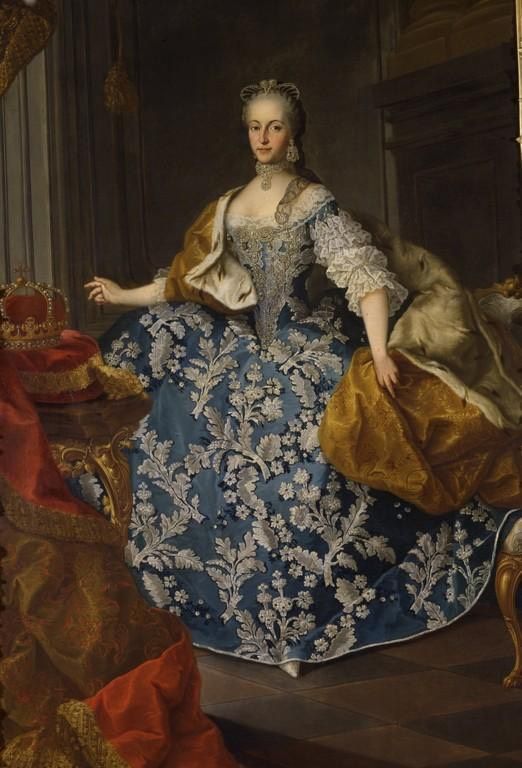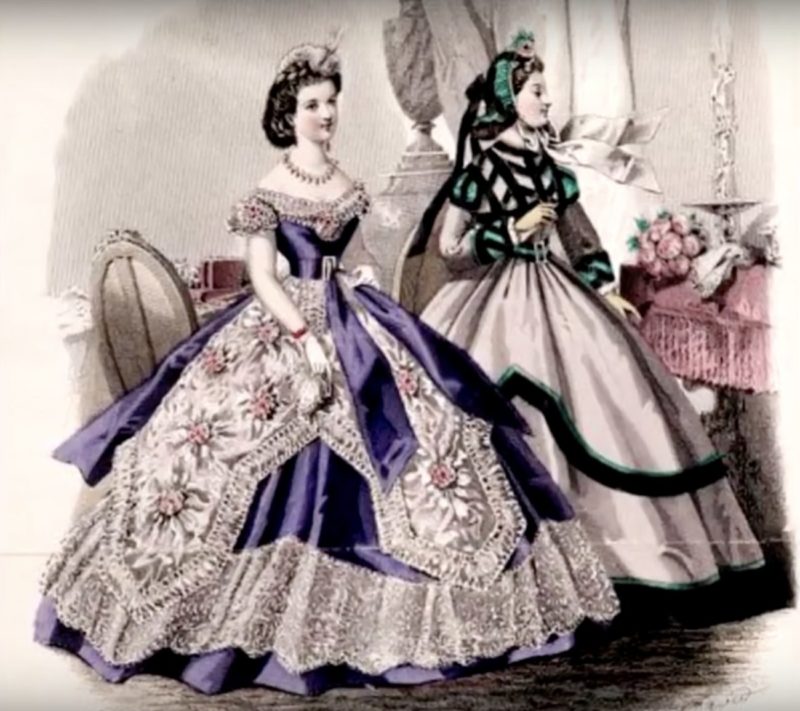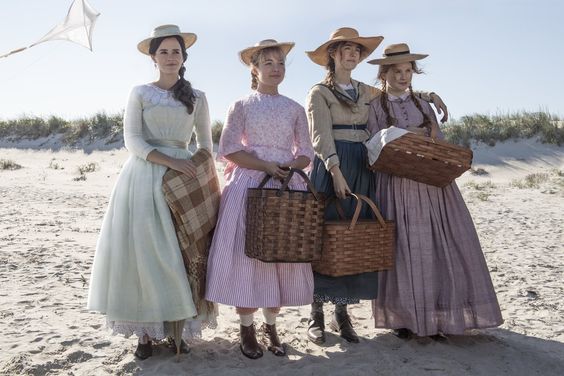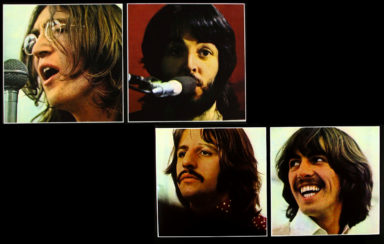OVER THE LAST THREE CENTURIES, ’60-’70 SEEMS TO BE A TURNING-POINT DECADE IN FASHION EVOLUTION…
Text by: Fiammetta Cesana
Sumptuous 18th-century clothes have been discovered near Mantua, in Lombardy. Donated to Palazzo Morando Costume Moda e Immagine in Milan by Associazione Amichae – chaired by Laura Colnaghi Calissoni – the clothes used to belong to two ladies particularly attentive to fashion, and have been dated in a specific historical period, that of the ’60-’70.

Actually, it seems that this particular decade represents a highly significant moment in the world of fashion, especially for women, also in the following two centuries. From the Rococò, to the Victorian era, up to Swinging London, the time from ’60 to ’70 marked style transformations, exasperations of pre-existing forms, use of new materials, and impressive “cuts”. But not only that. The trends of these decades, indeed, respectively sixty, one hundred and sixty and two hundred and sixty years ago, were so striking that we still experience their stylistic and technical influence.
So let’s see what were the glamorous implications of these eras and how today they are taken up by designers, dressers, and industry experts who are committed to making fashion sustainable by reintroducing dyeing and craftsmanship of the past.
FASHION OF 1760-70
Starting just from the dresses found in Lombard territory, by Enrica Morini and Margherita Rosina (which are exhibited at Palazzo Morando from February 19), we can notice different peculiarities of the fashion of that period. In 1760, though still seduced by the floral gracefulness of Rococò style, the dresses reached their peak in massiveness, then making the female figure more glorious and monumental rather than metaphor of a delicate rose. The typical dress of the time was in fact of theatrical inspiration: “la robe a la française”, also called “Andrienne” – as it was worn for the first time by the actress Doncourt in the comedy “Andria”- was characterized by a tight corset with low neckline, pushing the breast upwards and closed by a decorated triangle named “pièce d’estomac”. The Andrienne stayed fashionable for the whole decade, then from 1770 it would be replaced by considerably downsized clothes which began to show, in addition to forearms and breasts, the ankles too.

Today the uniqueness of the rediscovered clothes is the incredible sensation of new they convey thanks to fabrics and decorations that have been maintained impeccably over the centuries. The colors, so bright, are still the original ones, perfectly preserved, which make us truly reconsider the ability of the time in the coloring textiles (nothing to do with today’s chemical ones that fade after just one laundry). As we’ve had the opportunity to learn during Altaroma’s “Herbarium”, contemporary fashion’s responsibility for getting back to sustainable ways is reflected in production techniques as well as in dyeing ones. In a small house with a garden, designers and experts have told us, with the support of the Botanical Museum of Rome, the importance of rediscovering how certain flowers and plants can give us wonderful colors for fabrics, just as it was done in the past. This is a great approach to achieve a natural fashion which both respects the planet and enhance the value of our traditions. The 1760s clothes from Mantua leave us amazed at their brilliance and modern-looking manufacture, and now, exhibited in the Milanese museum, they can really become representative of the historical authenticity and technical remarkable capacity of Made in Italy.


FASHION OF 1860-70
A hundred years later, catapulted in full Victorian age, the top “influencer” is no longer French, but it is right Queen Victoria of United Kingdom, who introduced the low shoulder neckline and revolutionized the silhouette of wedding dresses. In particular, in 1860, fashion provided the most iconic image of Victorian femininity. The crinoline – the typical domed “cage” under 19th-century dresses – in this decade has widened to its maximum with seven meters in circumference. Not only extremely uncomfortable by hindering the pace and sitting posture, the crinoline was also very dangerous, since it could turn over like an umbrella on windy days, and women risked getting stuck in the wheels getting into the carriage, and being on fire near a fireplace given the high flammability of the fabrics and the air hood stored within the underskirt. But for fashion, this and more!
It is precisely in the 60s of 1800, moreover, that the tailoring began to propose haute couture indulging in sleeves of all kinds, from the pagoda one, the virago, the bell sleeve and the puff one. The clothes in those years are particularly sumptuous, the predominating color palette was black, green, pink and purple, and the textiles were covered with many applications: lace, tulle, satin, bows and ruffles. The Victorian dress of the 60s was for fashion what the Renaissance was for art.

And although today we are certainly more prone to favor comfort and functionality of the sportswear instead of sumptuous, embroidery-studded dresses, we still find many Victorian references among the collections of major houses: from Vivienne Westwood, where punk coolness meets the draped one, to the shield-dresses of Alexander McQueen presented during the last Paris Fashion Week, till Chloé’s neo Victorian dress and blouses.
Then observing the evolution of fashion in the world of cinema, instead, in Jacqueline Durran’s costumes – recently awarded at the Oscars for Greta Gerwing’s film “Little Women” – the designer’s unique talent has been expressed in the ability to create Victorian 60s clothes with a contemporary twist, making the outfits of the four sisters absolutely desirable even to the public of 2020.

And finally, the just ended Milan Fashion Week was a true revelation of the importance of the style of that age: brands like Gucci and Moschino have made 19th-century the core inspiration of their fall winter 2020 collections, showing off lace dresses, long flounced skirts with ribbons and tulle, and even very tall hairstyles recalling the wigs of the ladies of the time.
FASHION OF 1960-70
If between 1760s and 1860s similarities of style are still evident, from the wide clothes’ shapes to the women’s required posture, it was in 1960s that nothing would be as before. A hundred years after the success of the Victorian dress, the women not only set aside crinolines, ribbons and laces, but they began to show their legs and, thanks to the subversive work of Mary Quant, even above their knees! The 21-year-old Goldsmiths Art School graduate opened her boutique in the heart of Swinging London, in King’s Road, Chelsea. It was an electrifying moment for the UK capital and for the whole western world: young people were standing up to fight against a retrograde and puritan bourgeois system. The freedom of expression promoted by the “counterculture” made its way into political movements, art, music, as well as in fashion. Quant and her miniskirts offered women the liberty to feel not only wives and mothers, but feminine, independent and sensual.

And so did many stylists of the time, transforming the fashion industry forever and anticipating the androgynous, “genderless” style that today dominates the runways. The shops in the subculture districts of London in the 1960s broke up class divisions becoming accessible places and affordable, thus bringing to life to the mass production. People bought by habit, not just for special occasions, and owning many more clothes than before they started to build what now is at the basis of a proper self-branding: the personal style. These revolutionary years got the “cage” off women’s dress and their mind too, making them free to express themselves with words, manifestations, durable actions… but also with their skirts and jeans! The vigorous energy of that time will never be forgotten, from the screams of feminist movements to those of fabric cuts, venting the impetus and determination of the fairer sex.

Still today we are fighting for the same ideals, for the victory of the “girl empowerment”, and we cannot fail to acknowledge the value of that bold, stylish generation. So remembering that explosion of vitality overwhelming fashion and culture, Brigitte Bardot and Francois Hardy are among the protagonists of the new Miu Miu capsule collection “Denim Icons”. To each of the two French divas is dedicated a pair of jeans: one light and one dark, both rigorously high-waisted as the fashion of the time wants and that by underlining the feminine curves were a true symbol of emancipation and freedom.












